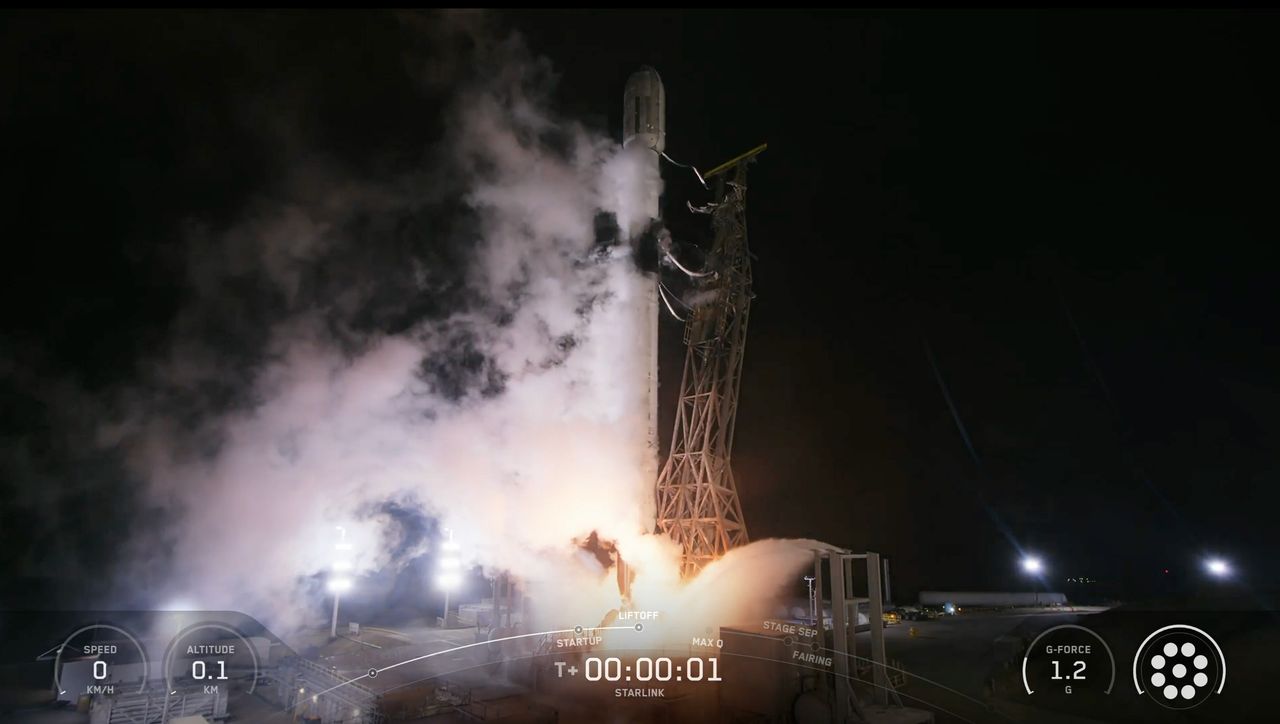SpaceX successfully launched 24 new Starlink broadband satellites into orbit on August 30, 2025. The mission took place at Vandenberg Space Force Base in California, with a Falcon 9 rocket lifting off at 12:59 a.m. EDT (04:59 GMT; 9:59 p.m. local time on August 29). This launch marks yet another step in the expansion of SpaceX’s satellite internet network.
Approximately 8.5 minutes after liftoff, the rocket’s first stage, known as Booster 1082, successfully returned to Earth. It landed on the drone ship “Of Course I Still Love You,” stationed at sea. This launch was the 15th for this particular booster, underscoring SpaceX’s commitment to reusability in its space operations.
Record-Breaking Missions and Ongoing Expansion
While the launch of 24 satellites is noteworthy, it falls short of the reuse record set by another Falcon 9 booster just two days prior, which achieved a remarkable 30 launches. Following today’s launch, the Falcon 9’s upper stage is expected to deploy the satellites into low Earth orbit 62.5 minutes after takeoff.
This mission is part of a broader initiative to establish the Starlink megaconstellation, which currently comprises over 8,200 operational satellites. More than 70% of the 107 Falcon 9 flights conducted in 2025 have focused on this ambitious satellite network, the largest ever constructed.
SpaceX has also undertaken four additional missions this year involving test flights of Starship, the fully reusable rocket designed for potential missions to the Moon and Mars. The most recent Starship test launched successfully on August 26, further demonstrating SpaceX’s progress in space exploration.
As the company continues to innovate, the impact of the Starlink network on global internet accessibility remains significant. With each launch, SpaceX is advancing its goal of providing high-speed internet to underserved regions worldwide.
In the competitive landscape of satellite communications, SpaceX’s ongoing developments and successful missions are reshaping how connectivity is delivered on a global scale, setting a new standard for the industry.





































































